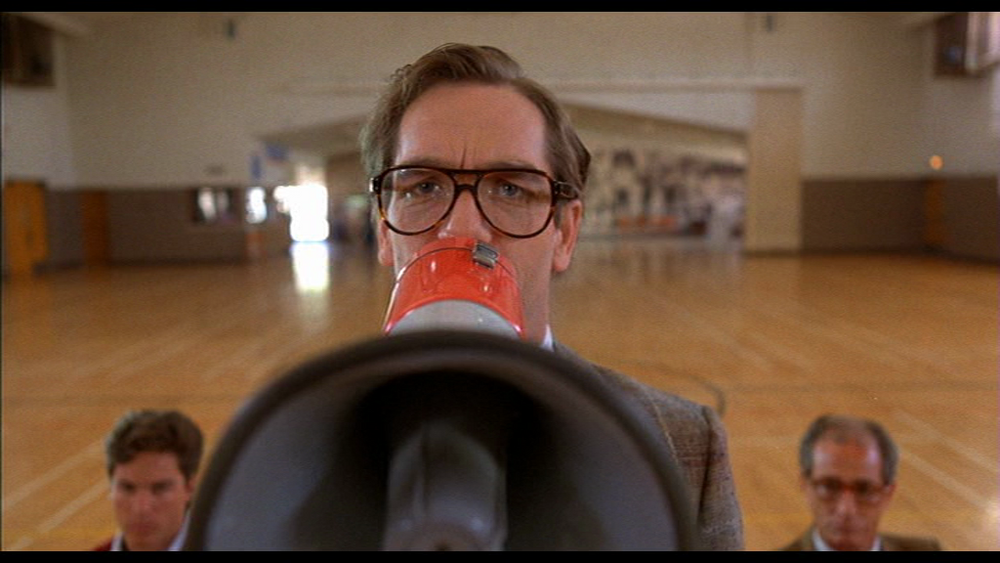bouldersoundguy
Well-known member
I could record with -40 peaks, but that would mean more work down the line, and it would make setting monitor levels harder. So there's more to it than "don't go above zero."Ya , so record the track..Don't go above zero.
set the limiters there? Them who? -12..and smash it against the wall?
Limiters? Why?

